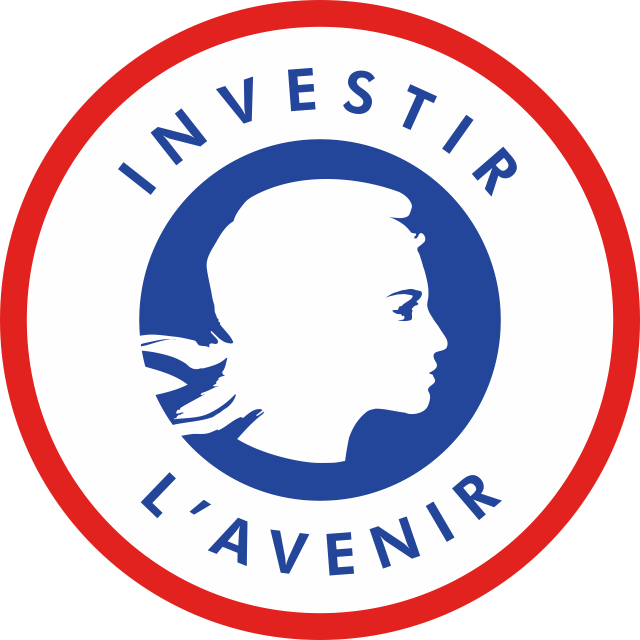Pierre Clairambault (CNRS, ENS de Lyon), Fix Your Semantic Cube Using This Simple Trick
Programme
- 26 septembre 2019, 10:30 - 12:00
Résumé
Game semantics usually present execution as a total chronological ordering of observable computational events. They proved to be a powerful tool in semantics, yielding a great deal of full abstraction results. Its first few achievements were striking, capturing in a single framework combinations of state and control. This lead to Abramsky's famous "semantic cube" programme: to capture in a single canvas a wide variety of effects. However, past the original "semantic square" resulting from the combinations of control and state, developments in game semantics have since then been rather disconnected.
The family of game semantics usually known as "concurrent games", originally introduced by Abramsky and Melliès in 1999, has been actively developed in the past decade or so. In contrast with the total chronological ordering of traditional games, concurrent games present (implicitly or explicitly) the causal constraints between computational events. To that end they borrow tools from concurrency theory, and in particular rely on structures coming from "true concurrency". They are therefore well suited to the denotational semantics of concurrent programming languages.
In this talk, I will give an introduction to concurrent games and present some developments that highlight a different property: they are good at linking distinct models with each other, in and outside of game semantics. Concretely, I will present the first steps to fixing the cube {state, parallelism, probabilities} -- all its faces are currently broken. First, I will fix the face {state, parallelism}. For that I will introduce a notion of parallel innocence, exploiting the causal aspect of concurrent games. Time permitting, I will also fix {parallelism, probabilities}, via probabilistic concurrent games and their link with relational semantics. I will close on some perspectives on the full cube.
This talk builds on joint work with several people, among whom Simon Castellan, Hugo Paquet and Glynn Winskel.



